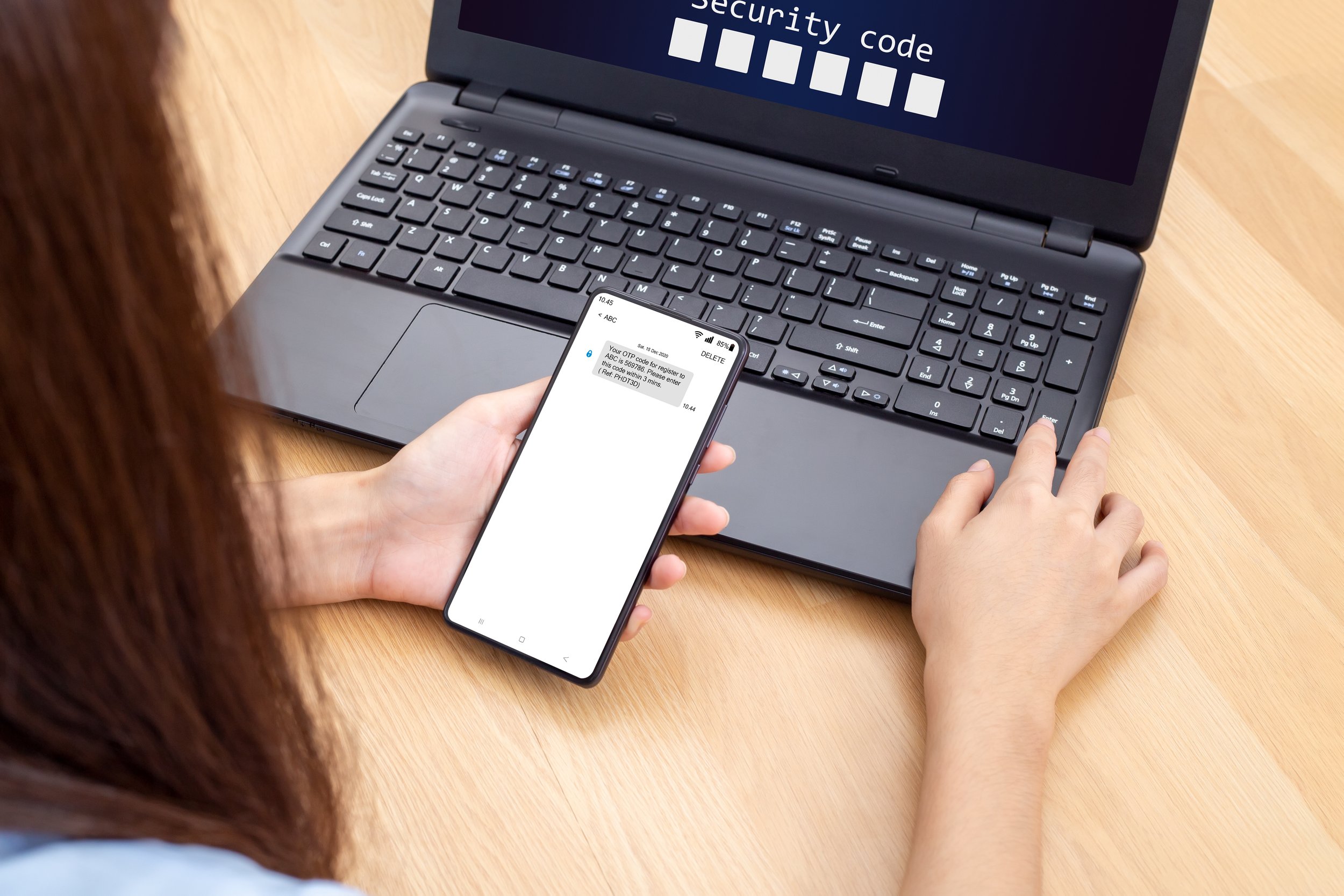Who Are You Again…?
I could have sworn I wrote that password down somewhere…
The news around the Internet recently has been all about data and network breaches due to phishing scams, leaky security protocols, and poor authentication methods leading to the worst kind of breach: ransomware. Another way of having accountability for cyber security in your Middle Tennessee business is to implement a strong authentication method policy for all connected devices.
The employees at Computer Communications & Innovations in the Greater Nashville TN area all adhere to a strong authentication policy on all their connected devices. What is a strong authentication policy you might ask? The best answer lies in the different form factors and methods (types) of authentication.
Are you the Key Master?
There are three form factors of authentication utilizing all types of authentication methods:
Simple Factor Authentication: single authentication method like passwords or PINs.
Two Factor Authentication (2FA): double authentication method like passwords and a token/PIN generated by another device using Google Authenticator or a security code texted/emailed for example.
Multi-Factor Authentication (MFA): multiple authentication method that incorporates advanced methods utilizing all types of authentications.
The methods of authentication have become technology advanced over the years with implementation of new innovations and ideas from all sciences.
In addition to the different forms of authentication, there are four basic methods (types) of authentication:
Token Authentication: a RFID chip enabled card that needs to be scanned to authenticate
Password Authentication: a string of combination of letters, numbers and/or characters entered after a username string was entered to authenticate
Physical Authentication: a fingerprint, eye (retina), vein patterns and facial recognition scans are needed to authenticate
Behavioral Authentication: a voice print, the dynamics of keystrokes and gait (body movement) analysis are needed to authenticate
By way of example, the most common method of authentication is the two-step authentication with a username/password combo and then an authenticator like Google Authenticator or a security code texted/emailed.
After all, it would be an awful shame to have all of your business information hacked due to a lax authentication policy on an employee’s mobile device.
For better hallway vision.
Please contact a cyber security expert at Computer Communications & Innovations in the Greater Nashville TN area to advise on the different solutions available for authentication protection for all connected devices.


